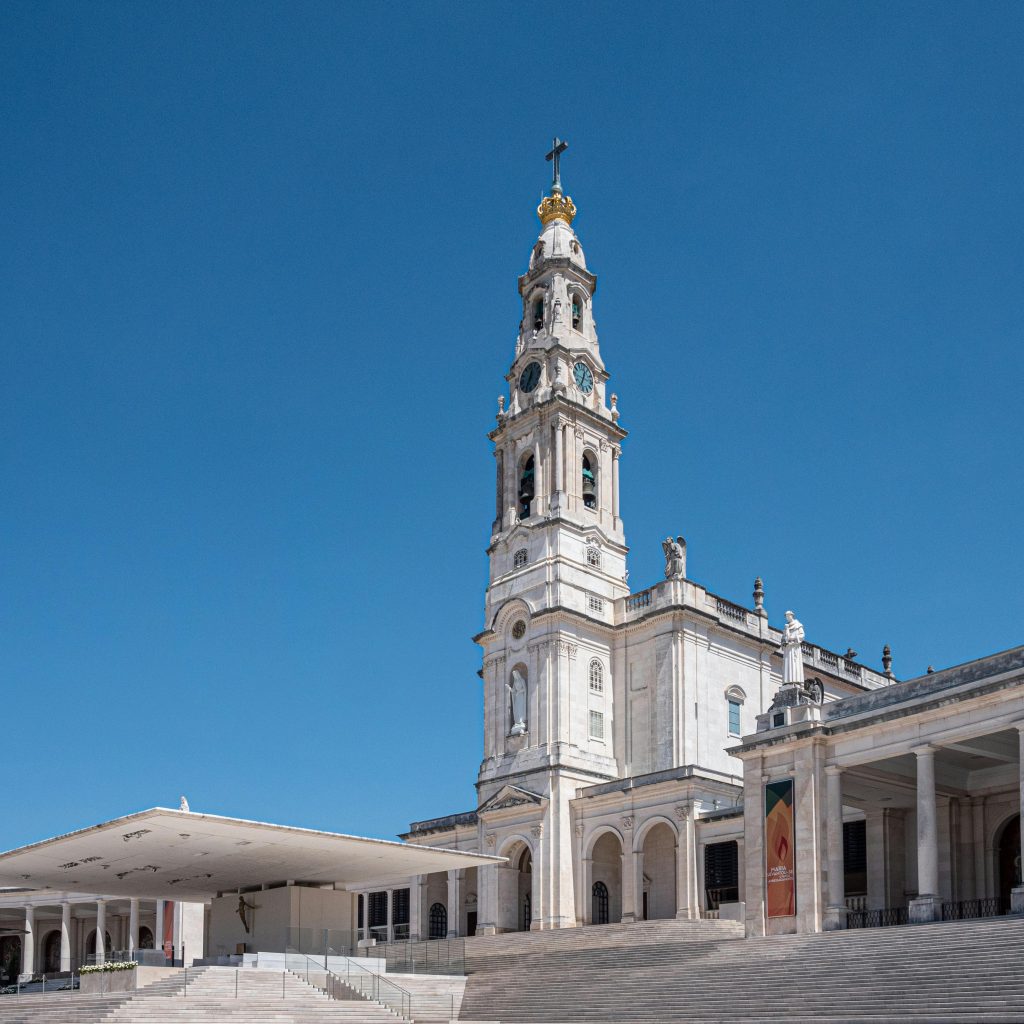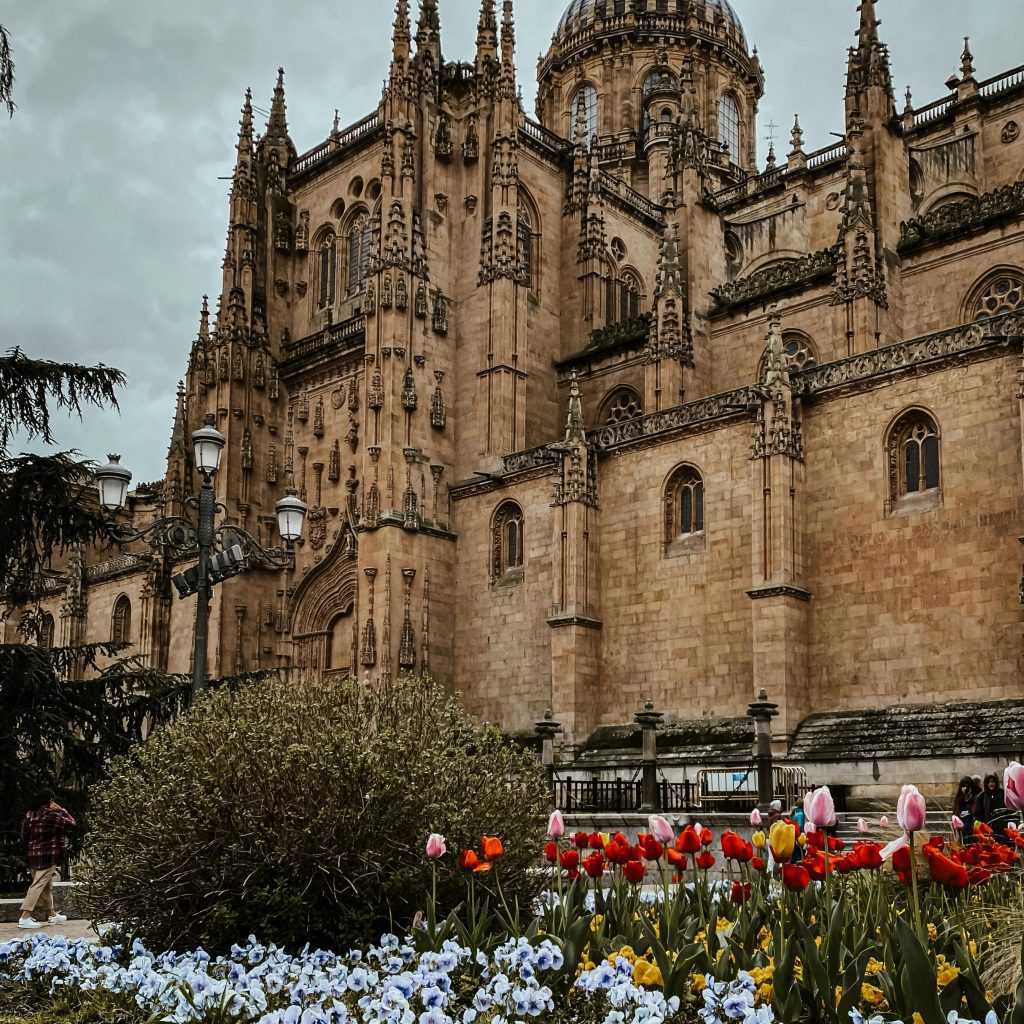


Your spiritual journey begins with a departure from Chicago O’Hare International Airport, embarking on an overnight flight to Lisbon, Portugal. This flight provides an opportunity for pilgrims to prepare mentally and spiritually for the pilgrimage ahead. It’s a time for introspection, prayer, and setting intentions for the days to come. As you cross time zones and oceans, consider the historical and spiritual significance of the sites you will visit, and how they contribute to the Catholic faith’s rich tapestry. The anticipation of arriving in a land filled with history, miracles, and the presence of saints sets the tone for a transformative experience.
Upon arriving in Lisbon, your pilgrimage begins at the Church of St. Anthony, where you celebrate a welcome Mass. This church, dedicated to St. Anthony of Padua, who was born in Lisbon, holds a special place in the hearts of the faithful. Visiting St. Jerome’s Monastery and Belem Tower will immerse you in Portugal’s Age of Discoveries, reflecting the Catholic Church’s significant role in world history. The Basilica of the Star and Marquee of Pombal Square provide further insight into Lisbon’s cultural and religious heritage, showcasing the city’s beauty and its importance in Catholic tradition.
The visit to St. Stephen’s Church in Santarem is particularly significant due to the Eucharistic Miracle housed there, offering a profound moment of reflection on the mystery of the Holy Eucharist. Celebrating Mass at this site connects pilgrims with a centuries-old tradition of faith and miracles. Returning to Lisbon, the afternoon is yours to explore or rest, providing time to process the morning’s spiritual experiences. This balance of structured visits and personal time is essential for a pilgrimage, allowing for individual reflection and prayer.
Traveling to Fatima introduces you to one of the most revered Marian apparition sites in the world. Here, the Virgin Mary appeared to three shepherd children in 1917, sharing messages of peace and repentance. Celebrating Mass at the Chapel of the Apparitions and visiting the Basilica of Our Lady of the Rosary, along with the Most Holy Trinity Church, allows pilgrims to deeply connect with the messages of Fatima. The visit underscores the power of faith and the importance of prayer, especially the Rosary, in seeking peace and conversion.
The journey to Aljustrel and Valinhos is a pilgrimage within a pilgrimage, walking in the footsteps of the shepherd children who saw the Virgin Mary. The simplicity and faith of their lives are a testament to the power of God’s message through the humblest means. In Coimbra, celebrating Mass at the Carmelite Monastery where Sister Lucia lived brings the Fatima apparitions’ legacy full circle, connecting the physical locations with the spiritual journey that continues today.
Arriving in Santiago de Compostela, you’re stepping into the culmination point of the Camino, a pilgrimage route followed by millions over centuries. The Cathedral of St. James is a stunning testament to faith, housing the apostle’s remains and featuring the botafumeiro swinging ceremony—a mesmerizing experience of tradition and worship. This visit connects pilgrims to the vast community of believers who have walked this path seeking forgiveness, healing, and spiritual growth.
Traveling to León, you encounter architectural and spiritual marvels, including the gothic León Cathedral, known for its stunning stained glass windows. Visiting the Churches of Santa Ana and Santa Maria del Mercado, and the Convent of the Immaculate Conception, provides insight into Spain’s rich religious heritage. The steps of St. Teresa in León offer a physical and metaphorical path to deeper contemplation of faith, mirroring her journey towards spiritual profundity and reform within the Church.
In Ávila, the focus turns to St. Teresa, a Doctor of the Church, whose life and works exemplify deep spiritual commitment and reform. Visiting the Convent of the Incarnation and exploring the cell where she lived offers an intimate look at her life of prayer and contemplation. Moving to Salamanca, the visit to the Old and New Cathedrals, along with the Carmelite Monastery in Alba de Tormes, connects pilgrims to the broader narrative of Catholicism’s influence on art, architecture, and spirituality in Spain.
The journey from Salamanca to Burgos and Azpeitia, and eventually to Lourdes, is a transition from the profound spiritual heritage of Spain to the Marian devotion that characterizes Lourdes in France. Visiting the Basilica of St. Ignatius in Azpeitia and Loyola Castle provides insight into the Jesuit founder’s life and legacy. Arriving in Lourdes, the place of St. Bernadette’s visions of the Virgin Mary, prepares pilgrims for deep engagement with Marian devotion and the themes of healing and prayer that define this sacred site.
A full day in Lourdes allows for immersion in the sanctuary’s grace, visiting the Grotto of Massabielle, participating in the healing baths, and joining the Torchlight Marian Procession. These experiences offer moments of personal and communal prayer, healing, and a deep connection to the universal Church through the Virgin Mary’s intercessions. Lourdes stands as a testament to faith’s power, the grace of healing, and the importance of humility and simplicity in the spiritual life.
A full day in Lourdes allows for immersion in the sanctuary’s grace, visiting the Grotto of Massabielle, participating in the healing baths, and joining the Torchlight Marian Procession. These experiences offer moments of personal and communal prayer, healing, and a deep connection to the universal Church through the Virgin Mary’s intercessions. Lourdes stands as a testament to faith’s power, the grace of healing, and the importance of humility and simplicity in the spiritual life.